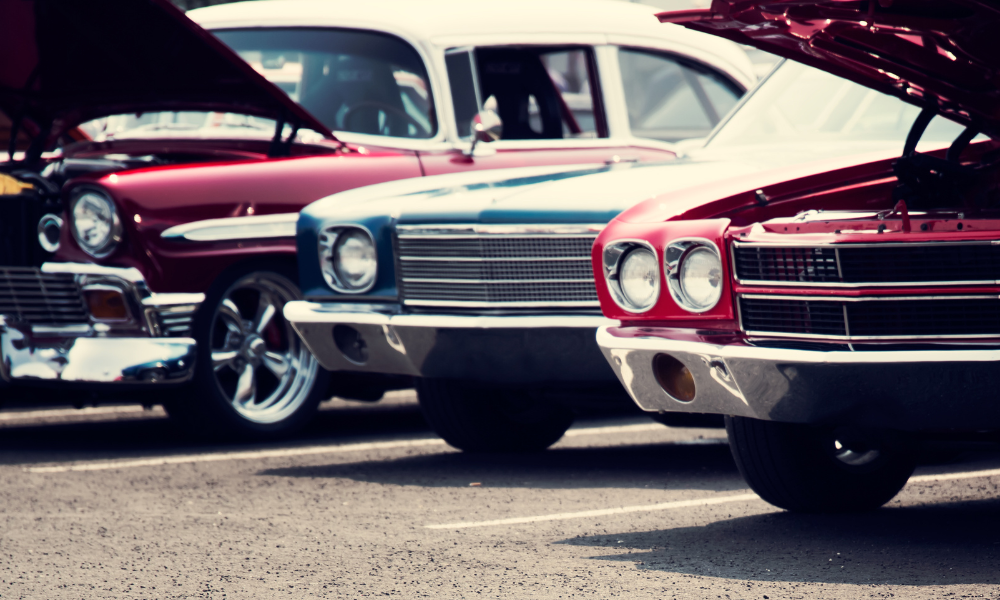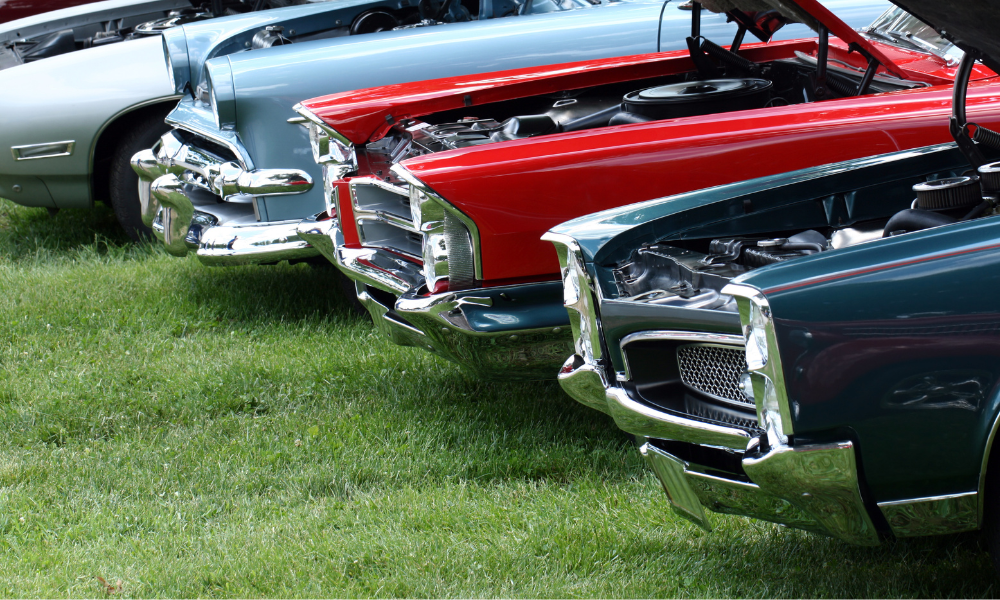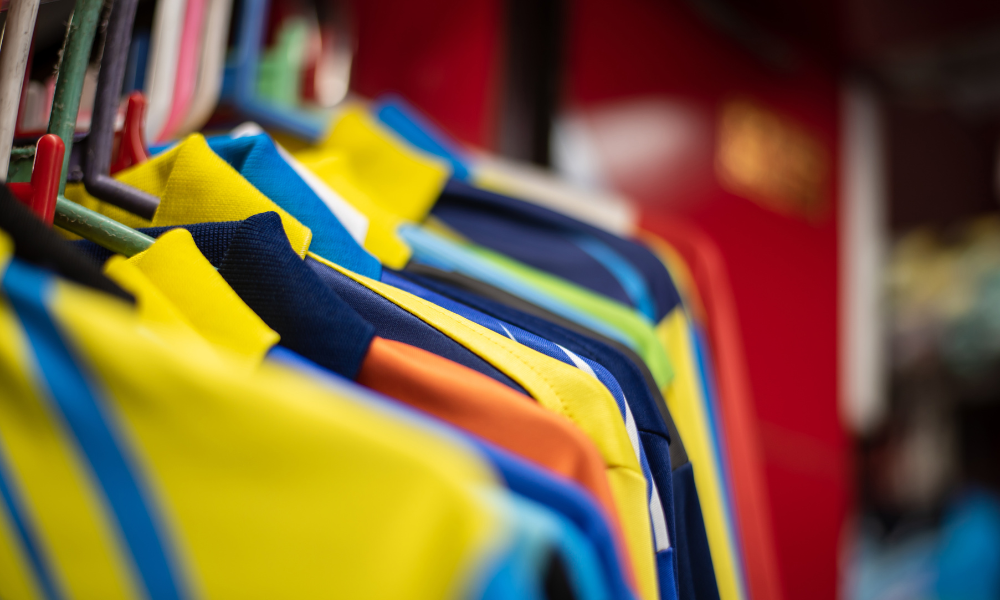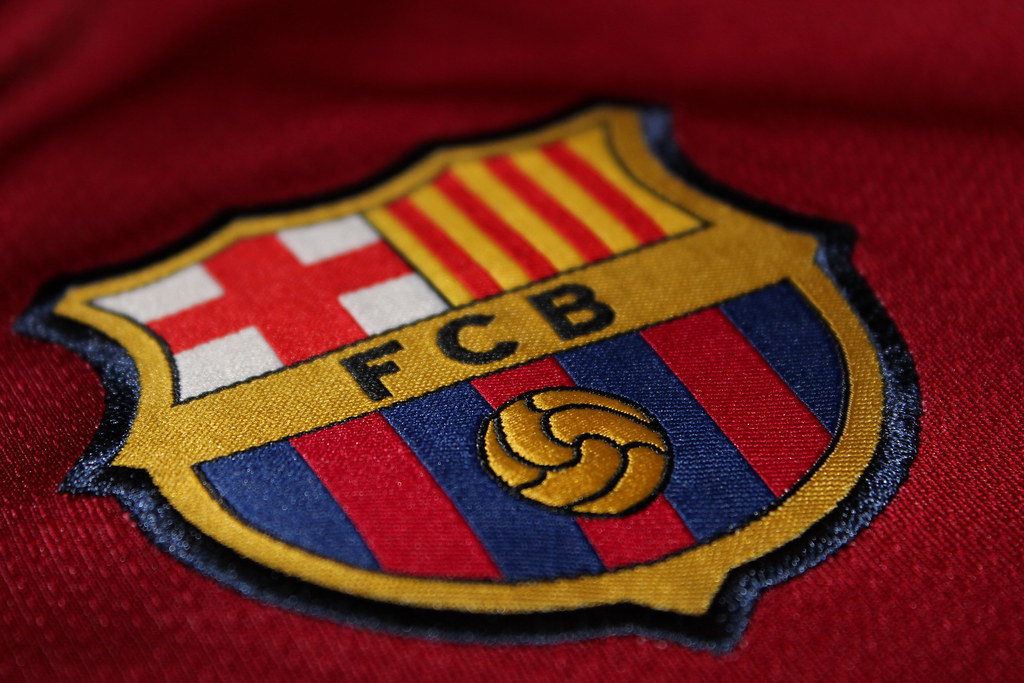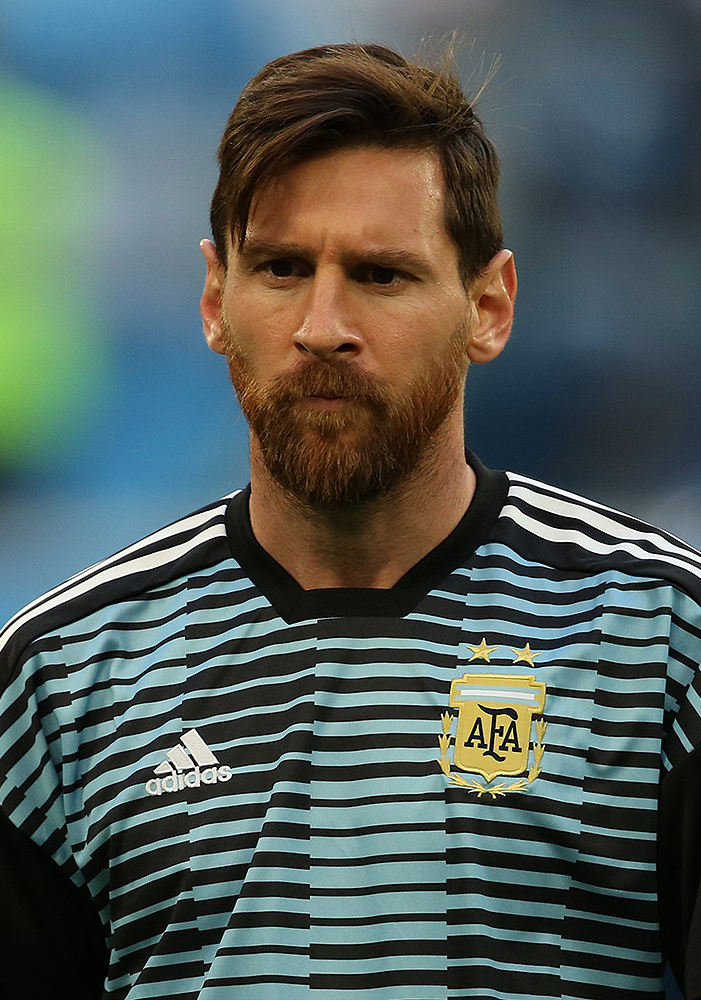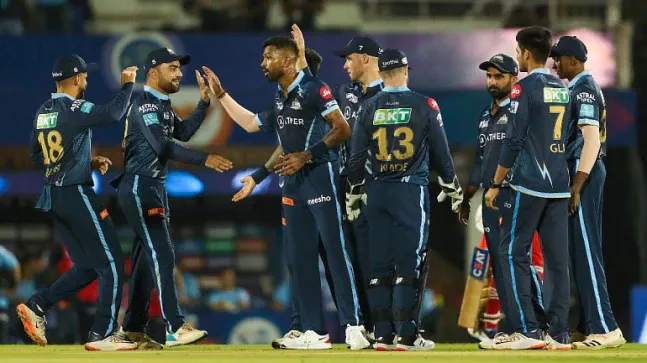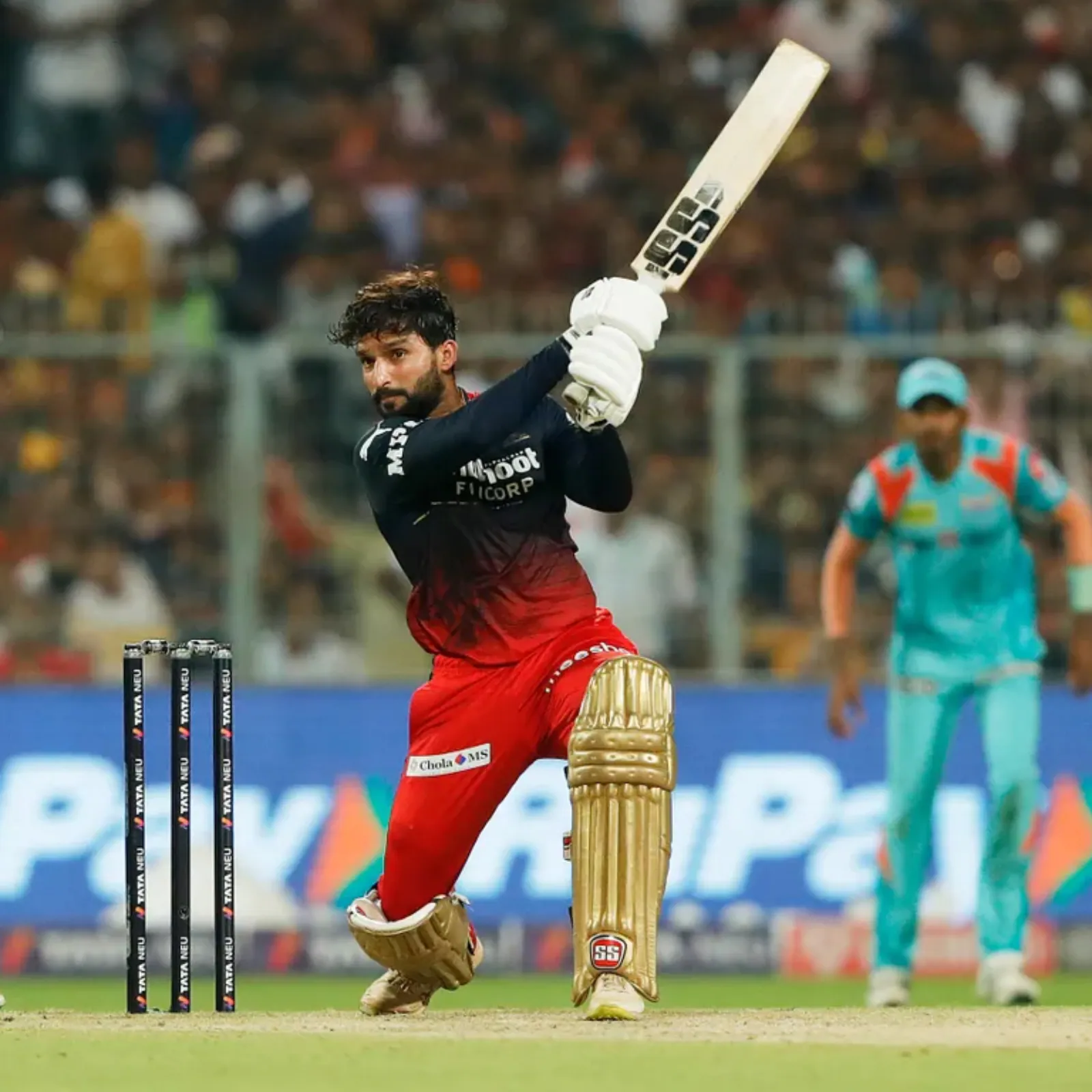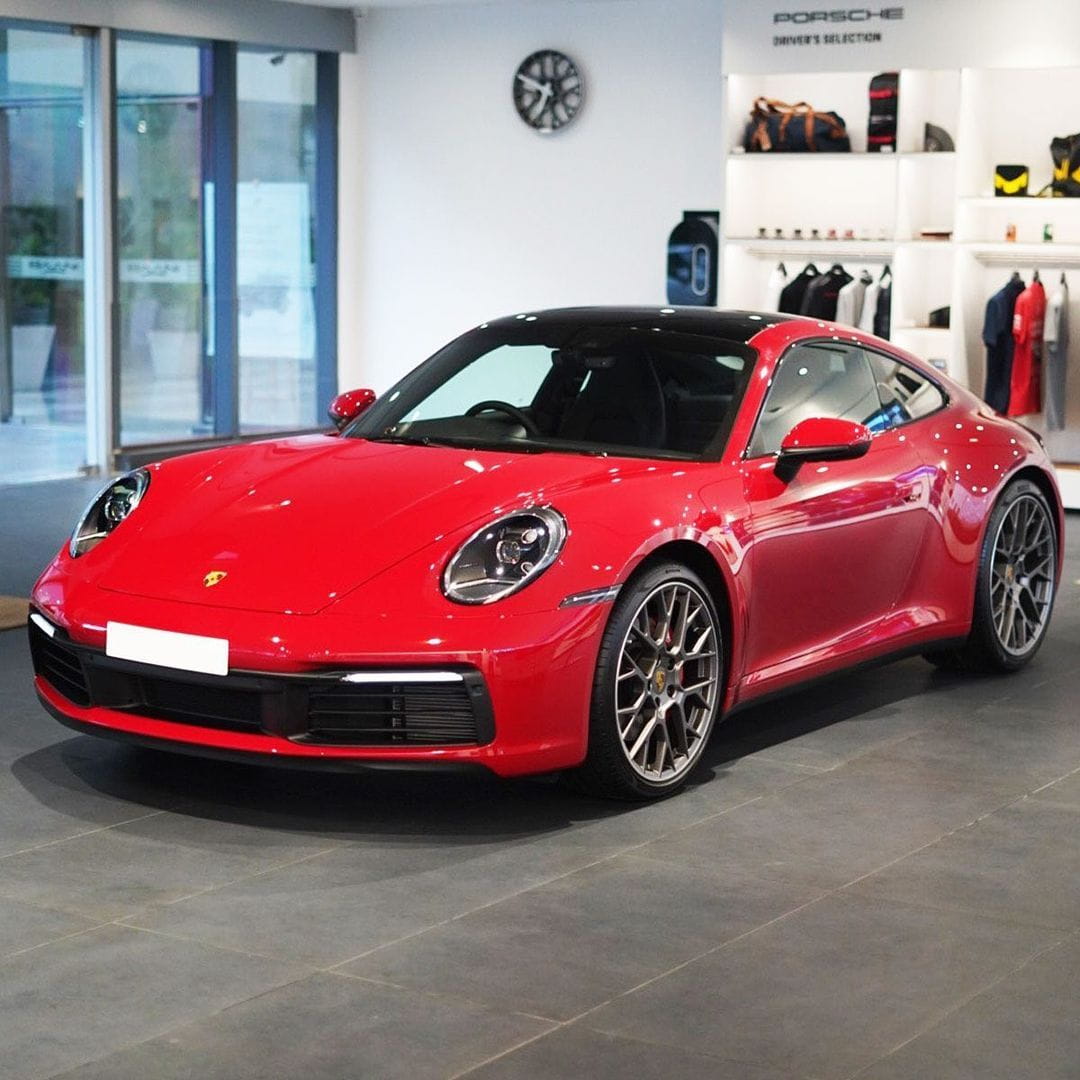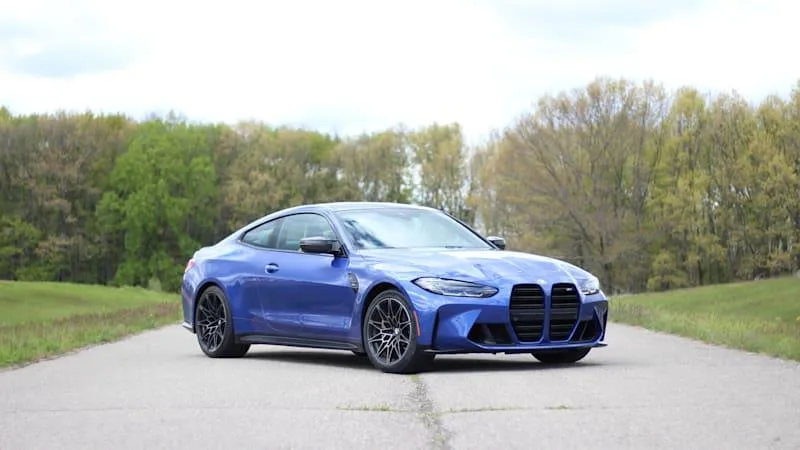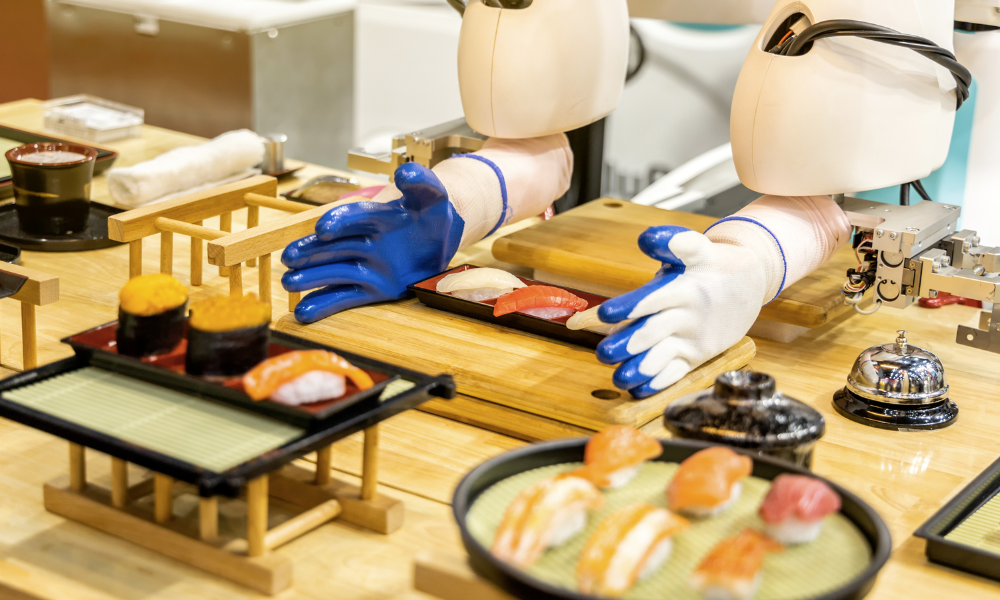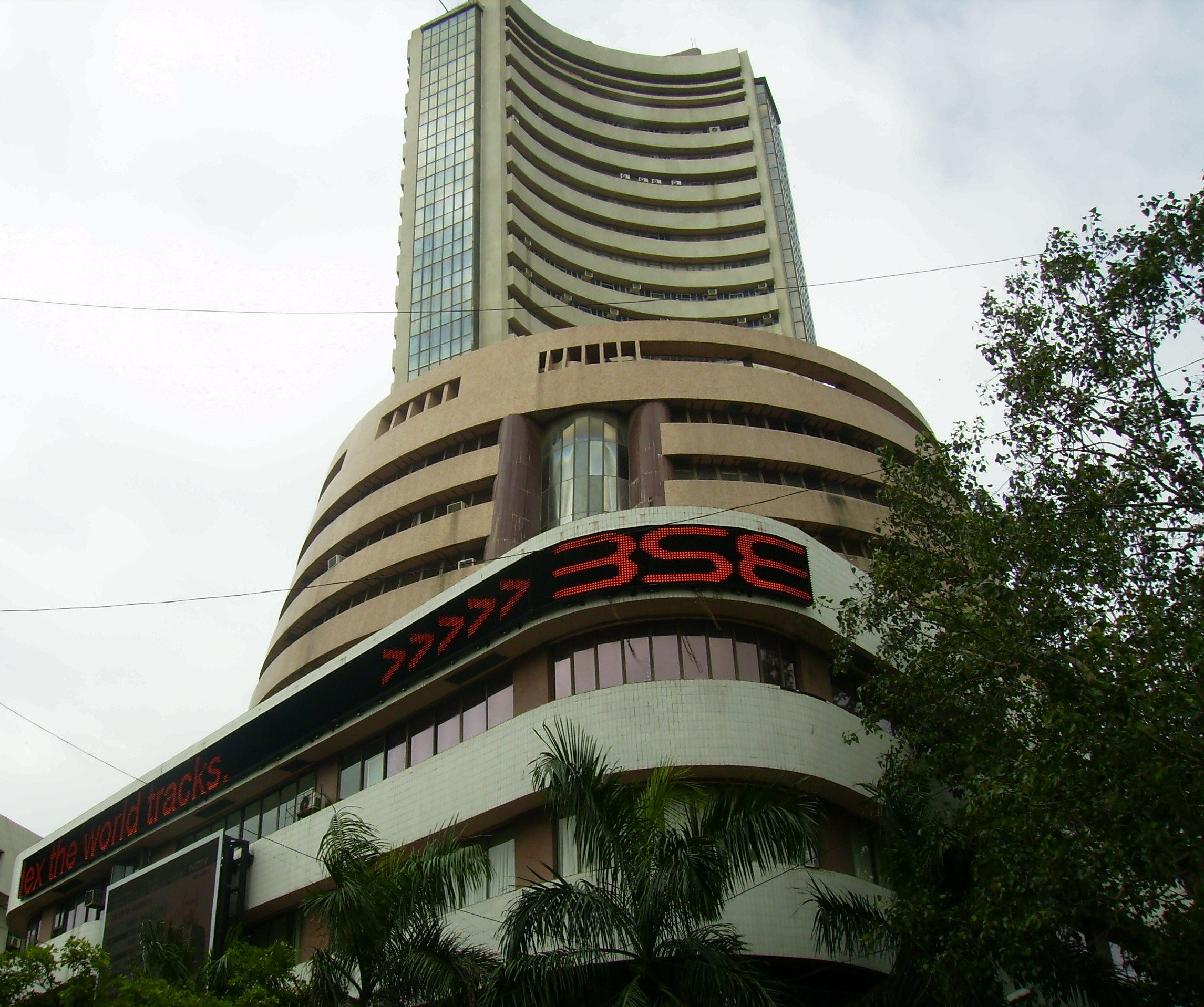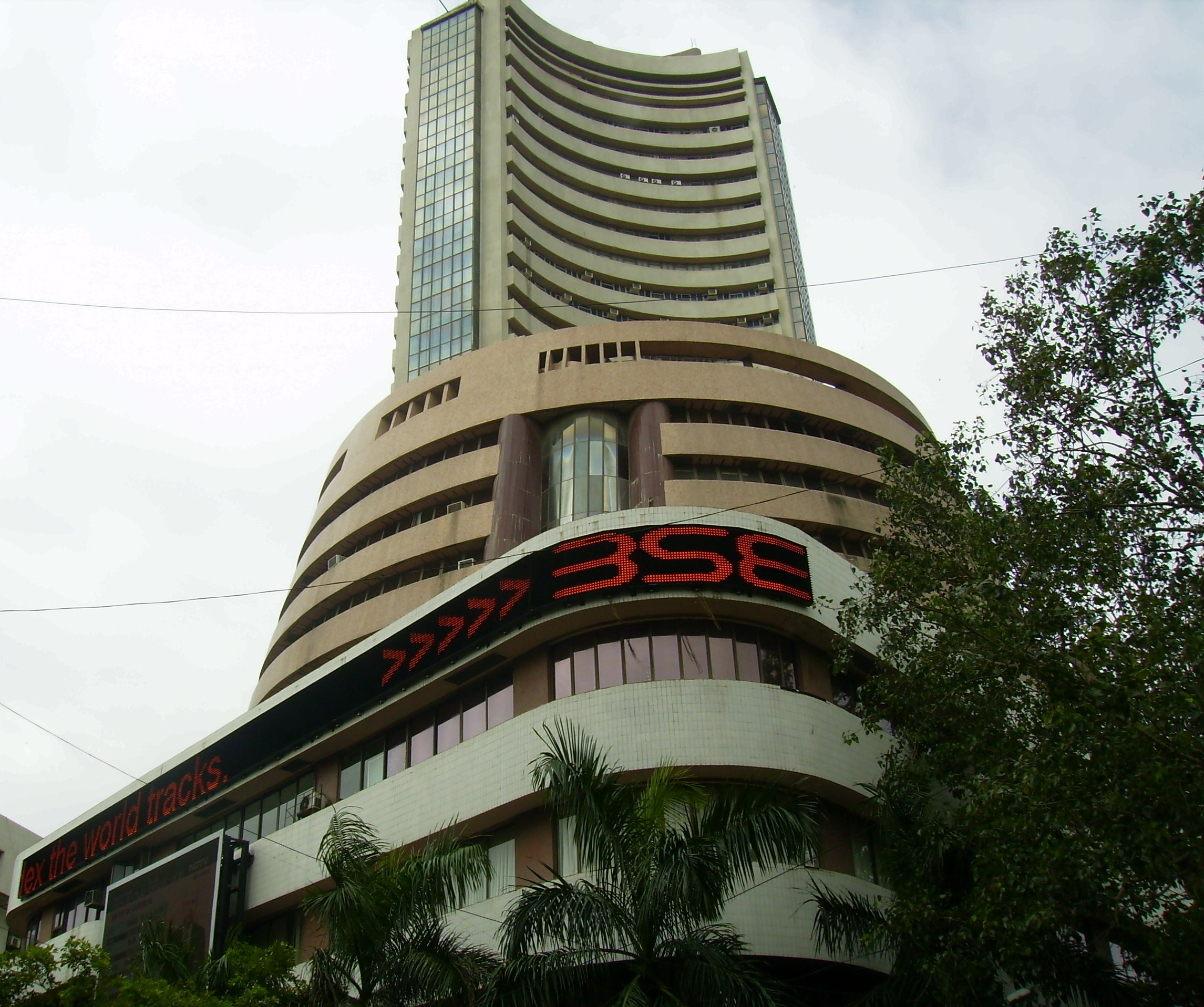#StreetwearFashion #HighFashionTrends #LuxuryFashion #FashionCultureShift #StreetwearOrigins #FashionCollaboration #SupremeXLouisVuitton #VirgilAblohFashion #FashionInnovation #StreetCultureFashion
Streetwear, once the hallmark of urban youth culture, has found its way into the luxurious world of high fashion, marking one of the most significant cultural shifts in the fashion industry over the past decade. Traditionally rooted in skateboarding, hip-hop, and graffiti culture, streetwear was often dismissed by the fashion elite as too casual, informal, or even rebellious. However, as boundaries between different social classes and cultural expressions blurred, luxury designers began to embrace streetwear, leading to a fusion that now dominates runways and fashion weeks around the world.
The Origins of Streetwear: A Rebellion Against Tradition
Streetwear emerged in the 1970s and 1980s, largely in New York and Los Angeles, where youth sought a form of expression that differed from mainstream fashion. It was a statement of identity, often linked to subcultures like hip-hop, punk, and skateboarding. Brands like Supreme, Stüssy, and A Bathing Ape became iconic, not for their expensive materials or intricate designs, but for their ability to resonate with a generation eager for authenticity and self-expression. Streetwear wasn’t just about clothes; it was a lifestyle, a rebellion against conventional fashion rules.
The Collision with High Fashion: How It All Began
The worlds of high fashion and streetwear, once separated by cultural and economic divides, began to collide in the 2010s. High-profile collaborations between streetwear brands and luxury houses helped bridge the gap. When Louis Vuitton collaborated with Supreme in 2017, it was a watershed moment. This partnership marked the beginning of a new era, where streetwear not only influenced high fashion but became integral to its identity.
Celebrities, particularly musicians like Kanye West, Pharrell Williams, and Rihanna, also played a pivotal role in merging these two worlds. Their influence in both music and fashion helped elevate streetwear into the global spotlight, making it desirable among luxury consumers.
The Appeal of Streetwear in High Fashion: A Cultural Shift
The rise of streetwear in high fashion is about more than just aesthetics. It's a reflection of broader societal changes, where traditional class distinctions are becoming increasingly irrelevant. In a world where success is often measured by cultural influence rather than wealth, streetwear represents a democratization of fashion.
Luxury consumers, particularly millennials and Gen Z, are drawn to the authenticity and cultural relevance that streetwear represents. For them, streetwear is not just about comfort or rebellion; it's a symbol of being in tune with the latest trends and cultural movements.
This shift has also brought about a redefinition of what luxury means. No longer is luxury solely about high-quality craftsmanship and exclusivity. Now, it includes elements like limited edition releases, collaborations, and the cultural capital that comes from wearing a brand with roots in street culture.
Luxury Brands Adapting to Streetwear: A New Business Model
Luxury fashion houses have adapted to the streetwear craze in several ways. First, they've embraced a more casual aesthetic. Hoodies, sneakers, and graphic tees, once seen as too informal for the runway, have now become staples in many luxury collections. Designers like Virgil Abloh of Off-White (and later Louis Vuitton) and Demna Gvasalia of Balenciaga have blurred the lines between streetwear and couture, creating collections that resonate with both worlds.
Moreover, brands are adopting streetwear's "drop" model, where limited edition items are released in small batches, creating hype and scarcity. This model, perfected by streetwear brands like Supreme, has been highly successful for luxury brands, keeping them relevant and desirable in a fast-paced, trend-driven market.
Challenges and Criticisms: The Commercialization of Culture
While the marriage of streetwear and high fashion has been commercially successful, it hasn't been without criticism. Some argue that luxury brands have appropriated street culture for profit, stripping it of its authenticity. Streetwear was born from marginalized communities as a form of rebellion and self-expression. When luxury brands co-opt this aesthetic, some believe it dilutes the original meaning and message behind the movement.
Additionally, the high price points of luxury streetwear items often contradict the roots of streetwear, which was originally accessible and affordable. A Supreme x Louis Vuitton hoodie, for example, can cost thousands of dollars, far out of reach for the demographic that originally made streetwear popular.
The Future of Streetwear and High Fashion
The streetwear and high fashion fusion shows no signs of slowing down. In fact, it continues to evolve. With the rise of digital fashion, NFTs, and virtual streetwear, the intersection of street culture and luxury will likely take on new forms in the coming years.
However, one thing is clear: the cultural shift that streetwear has brought to high fashion is here to stay. It has not only changed how we dress but also how we think about fashion, culture, and the meaning of luxury.
Conclusion
Streetwear's rise in high fashion represents more than just a trend. It is a cultural shift that reflects changing societal values, where authenticity and cultural relevance are now as important as exclusivity and craftsmanship. As luxury brands continue to embrace streetwear, they are redefining what it means to be fashionable in the 21st century. The question remains: will streetwear continue to shape the future of fashion, or will it evolve into something entirely new?
Powered by: Oh! Puhleeez Branding Agency & NowUpskill
#StreetwearFashion #HighFashionTrends #LuxuryFashion #FashionCultureShift #StreetwearOrigins #FashionCollaboration #SupremeXLouisVuitton #VirgilAblohFashion #FashionInnovation #StreetCultureFashion

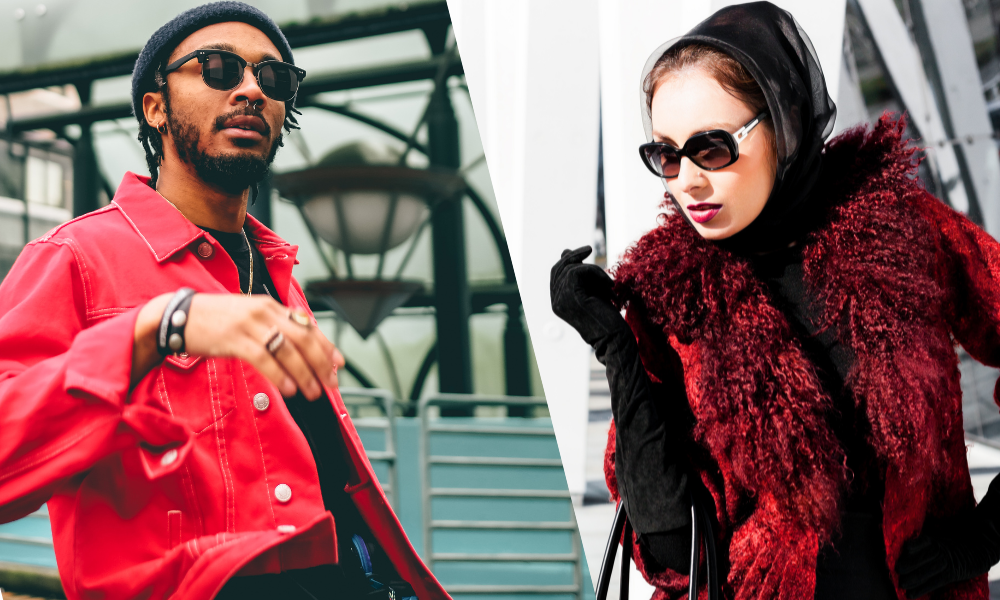






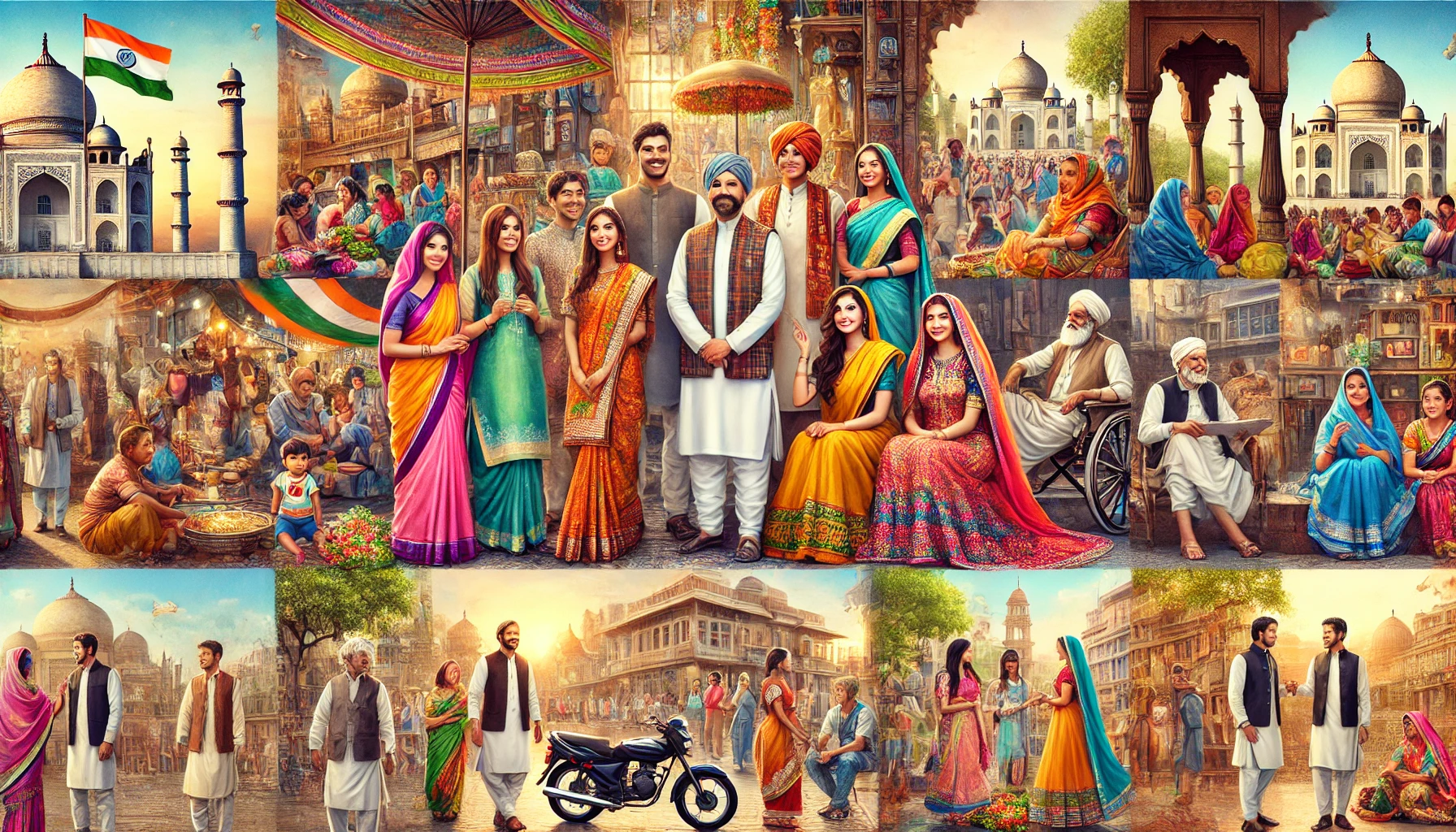


































.png)
.png)





